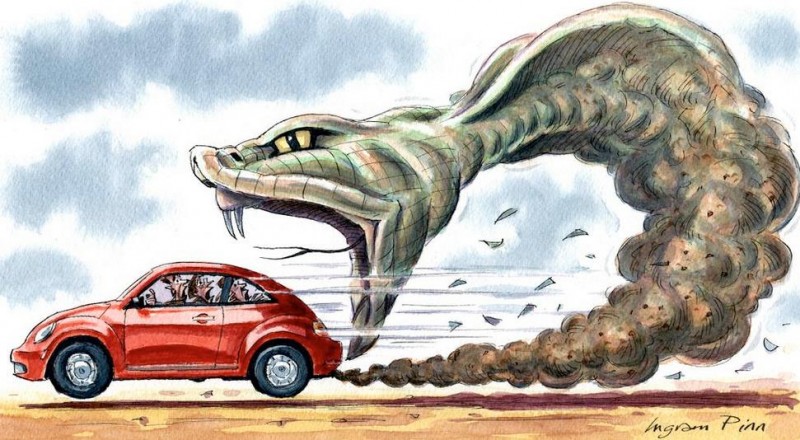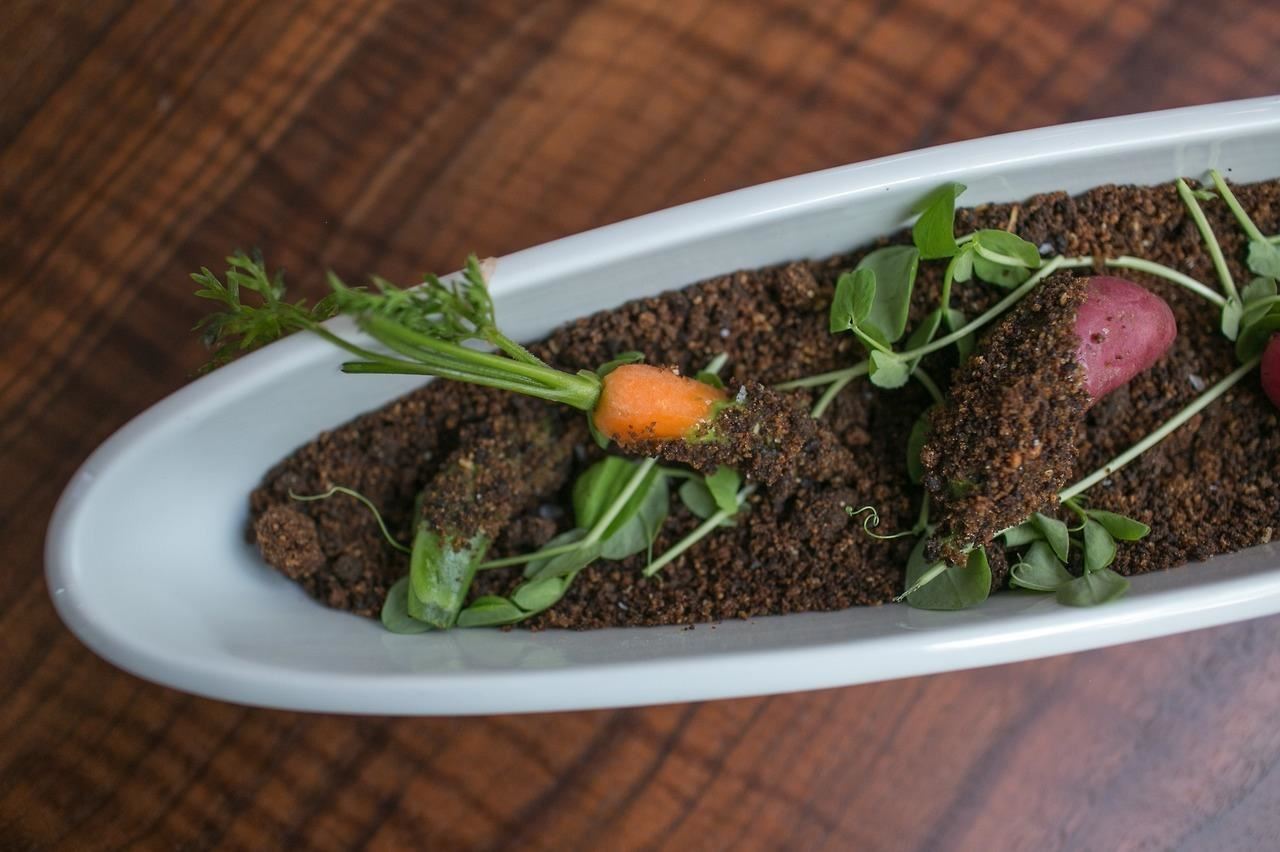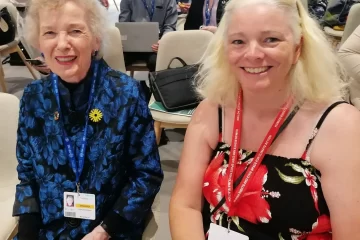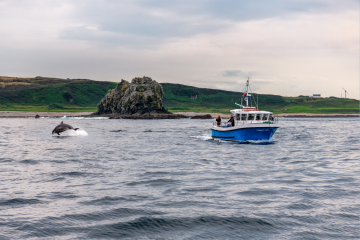‘Time left to tackle biodiversity loss but we must act now’
May 17th, 2019
The Intergovernmental Panel on Biodiversity and Ecosystem Service (IPBES) published its landmark global assessment on the state of the world’s biodiversity and ecosystem services last week.
As National Biodiversity Week kicks off, the Director of the National Biodiversity Data Centre Dr Liam Lysaght shares with us his reflections on how the findings in the international report relate to the situation in Ireland.
The findings of the most recent global assessment won’t come as any surprise to those of us working in the field of nature conservation, but could the headlines be any starker?
- Nature’s Dangerous Decline ‘Unprecedented’
- Species Extinction Rates ‘Accelerating’
- Current global response insufficient;
- ‘Transformative changes’ needed to restore and protect nature;
- 1,000,000 species threatened with extinction
The report shows that nature is declining globally at rates unprecedented in human history — and the rate of species extinction is accelerating, with grave impacts on people around the world now likely.
The health of ecosystems on which we and all other species depend is deteriorating more rapidly than ever. We are eroding the very foundations of our and future generation’s economies, livelihoods, food security, health and quality of life worldwide.
The report also stresses that it is not too late to make a difference, but only if we start now at every level from local to global.
The findings of the assessment – compiled by 145 expert authors from 50 countries – need to be listened to and, more importantly, acted upon quickly.
Ireland is not immune from the trends reported on in the assessment. We are facing exactly the same biodiversity crisis. To echo the words of Robert Watson, Chair of IPBES: “We have lost time. We must act now”.
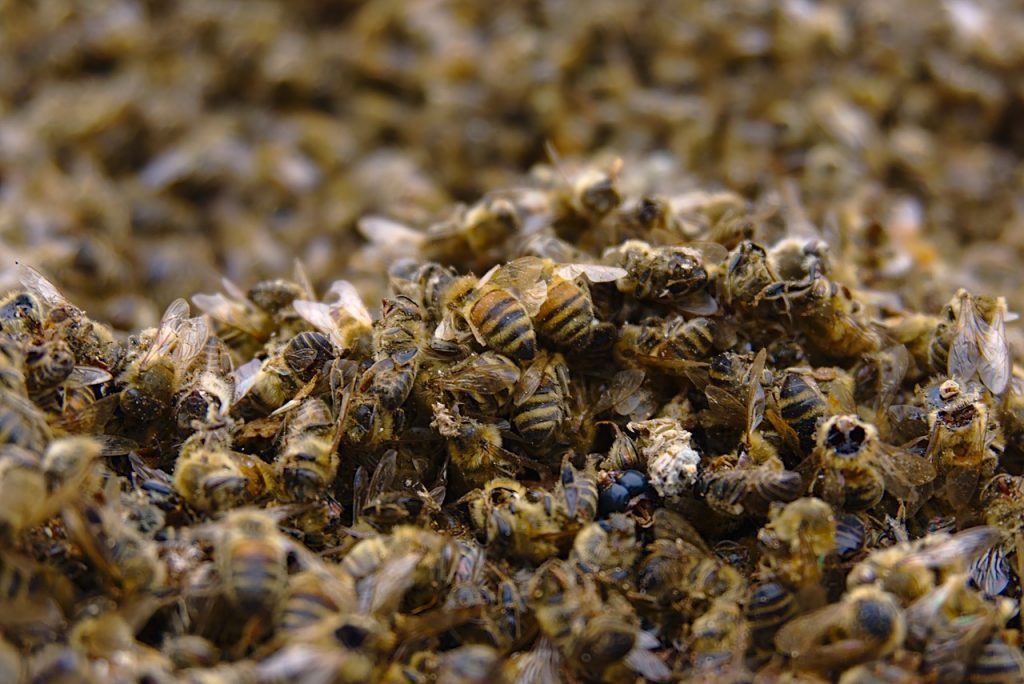
First the bad news
Around 31,000 species are known to occur in Ireland, yet the conservation status of only about 10 per cent has been assessed. This means we have a fundamental knowledge gap in how biodiversity is changing in Ireland. But what we do know is:
- One in every five of the species assessed is threatened with extinction
- One in every three species of bee is threatened with extinction
- The conservation status of one third of our protected habitats dis-improved between 2007 and 2013
- 37 species of bird are of high conservation concern, including species such as curlew, hen harrier, twite and yellowhammer
- The corn bunting has become extinct since around 2000 and the once widespread corncrake is just lingering on in the western extremities of counties Donegal and Mayo
- Three of our iconic fish – the Atlantic salmon, European eel and angel shark – have suffered catastrophic population declines and the freshwater pearl mussel, Ireland’s longest living animal, is facing extinction.
- Our native white-clawed crayfish is threatened with the recent arrival of the crayfish plague
- Nature conservation continues to be chronically under-funded by Government

Now the good news
Despite the overall negative trends, there are some positive developments that should give us hope.
For example, the overall status of species afforded protection under the Habitats Directive has shown a positive change. Six are improving and 80 per cent are now stable, so the worst declines of these species have been halted.
There are now special agri-environment schemes targeting the conservation of hen harrier, curlew and freshwater pearl mussel, and new innovative European Innovations Partnership evidence-based projects to test and demonstrate how farming can be of benefit to biodiversity.
The ground breaking All-Ireland Pollinator Plan has flipped biodiversity conservation from being seen as something negative to being seen as something that can be achieved with positive solutions-based approaches involving communities, businesses and local authorities.
There is a notable shift among the general public to a greater appreciation of biodiversity, with the National Biodiversity Data Centre witnessing a 100 per cent increase this spring in the number of people who are observing nature and submitting sightings to the Data Centre.
There are more and more community-led initiatives that are proactively managing local habitats as a community resource, often supported by state agencies.
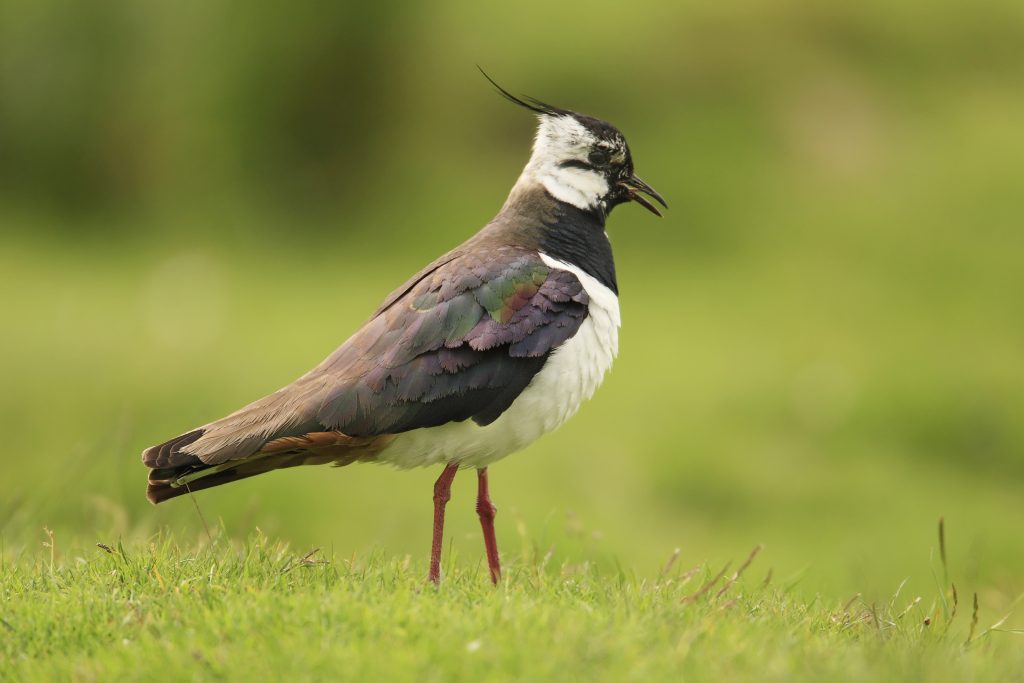
So what now?
No matter where one stands on the spectrum of how well or how poorly you think Ireland is doing on the conservation of biological diversity, the key message of the IPBES report is that enough is not being done, and that we now have the added problem of time not being on our side.
Ireland is in the middle of a biodiversity crisis, which is not an esoteric concern rather an existential crisis. We have a crisis, and Government must face up to this.
The biodiversity crisis needs to be taken seriously and the conditions must be created where we can have an honest, evidence-based discussion around how to address this crisis.
As someone who sometimes speaks out on the worst excesses of biodiversity damage I see in my travels, it always surprises me how often I am confronted simply for speaking out; it is a classic case of shooting the messenger rather than address the message.
This is particularly the case in relation to agriculture and forestry. Any public comment which seeks to address the role that agricultural or forestry production systems and practices play in biodiversity declines is more often than more met with hostility.
This attitude must end and Government has to take the lead in changing that attitude. Because the irrefutable fact is biodiversity loss cannot be adequately addressed without finding ways for agriculture and farmland to make space for biodiversity.
I still believe the best way to do this is for all farms in receipt of CAP payments and other subsidies to be obliged to have a minimum of 20 per cent of their land area actively promoting biodiversity enhancement measures.
And farmers themselves should have the discretion as how best to deliver this on their land, supported by empirical evidence that the measures are indeed delivering biodiversity benefits.
The first National Biodiversity Conference has demonstrated that Ireland has the pool of talent, expertise and energy to spearhead real change for Irish society – change that can come up with innovative, inclusive solutions for addressing Ireland’s biodiversity crisis.
But the Government and its senior civil-servants need to grasp the nettle on the back of the IPBES assessment and create the conditions to allow this to happen. If the Government does this, scientists and nature conservationists should not be found wanting in engaging in such a process, positively and constructively.
A version of this article originally appeared on the National Biodiversity Data Centre website here.

